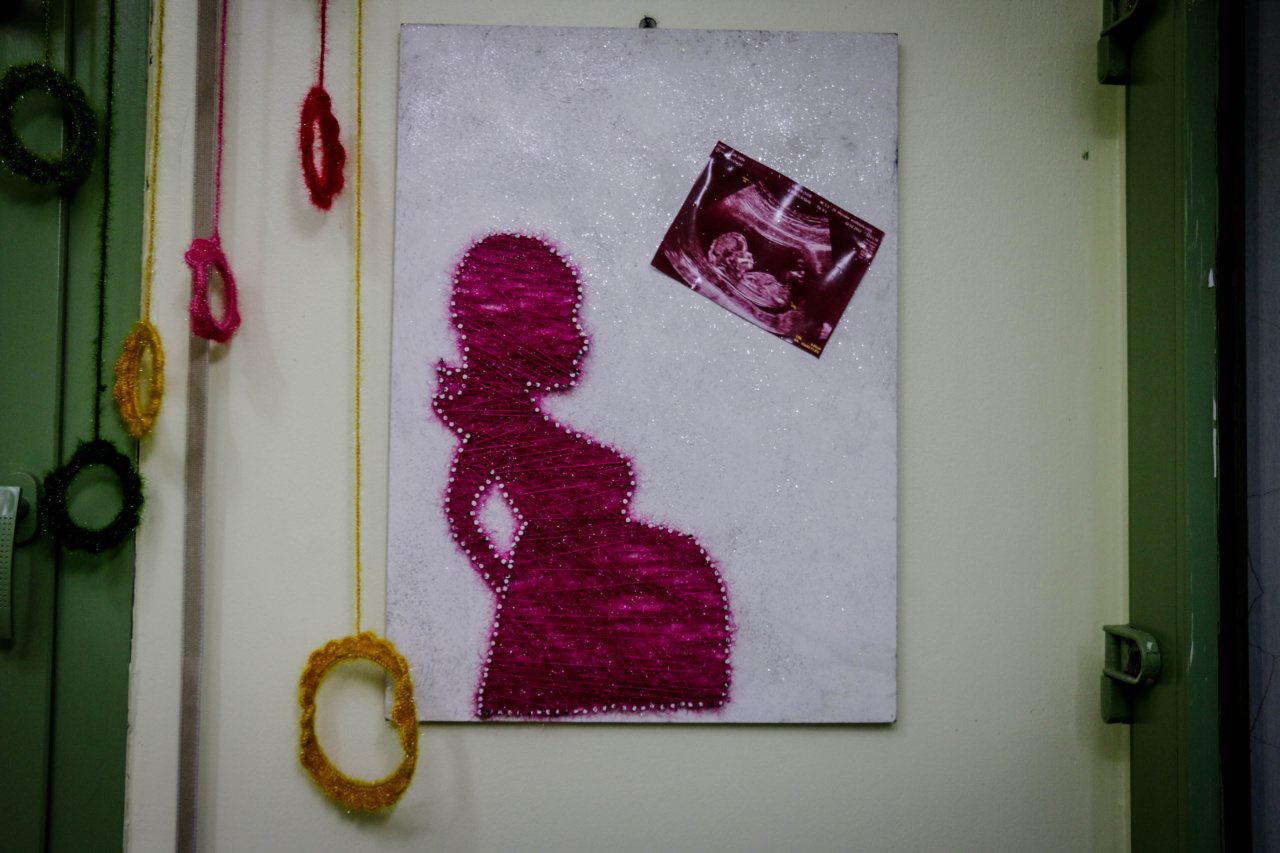Pregnancy diabetes, also known as gestational diabetes, is a condition in which a woman develops high blood sugar levels during pregnancy.
This condition affects approximately 9.2% of pregnant women in the United States according to the Centers for Disease Control and Prevention (CDC). Understanding the risk factors associated with pregnancy diabetes can help women take preventive measures and ensure a healthy pregnancy.
What is Pregnancy Diabetes?
Pregnancy diabetes is a type of diabetes that develops during pregnancy. It is caused by hormonal changes that affect insulin sensitivity. Insulin is a hormone that regulates blood sugar levels in the body.
During pregnancy, the placenta produces hormones that can make it difficult for insulin to do its job effectively. This causes an increase in blood sugar levels, which can lead to pregnancy diabetes.
Who is at Risk?
There are several risk factors associated with pregnancy diabetes. Some of these include:.
- Being overweight or obese before pregnancy
- A family history of diabetes
- Previous gestational diabetes
- Having prediabetes
- Having polycystic ovary syndrome (PCOS)
- Being over 35 years old
- Having a history of high blood pressure or heart disease
- Having a history of giving birth to large babies (over 9 pounds)
How is Pregnancy Diabetes Diagnosed?
Pregnancy diabetes is diagnosed through a glucose screening test. This test is usually performed between 24 and 28 weeks of pregnancy. The test involves drinking a sugary solution and having blood drawn to measure blood sugar levels.
If blood sugar levels are higher than normal, further testing may be needed to confirm a diagnosis of pregnancy diabetes.
What are the Risks of Pregnancy Diabetes?
Untreated pregnancy diabetes can lead to several complications for both the mother and the baby. These include:.
- Macrosomia (large birth weight)
- Preterm birth
- Low blood sugar in the baby after birth
- Jaundice in the baby
- The need for a c-section delivery
- Preeclampsia (high blood pressure during pregnancy)
- Type 2 diabetes later in life for both the mother and the baby
Prevention and Treatment
There are several steps that women can take to reduce their risk of developing pregnancy diabetes. These include:.
- Eating a healthy, well-balanced diet
- Exercising regularly
- Controlling weight gain during pregnancy
- Managing stress levels
For women who are diagnosed with pregnancy diabetes, treatment may include blood sugar monitoring, dietary changes, exercise, and medication (such as insulin injections).
It is important to work closely with a healthcare provider to manage pregnancy diabetes and ensure a healthy pregnancy.
Conclusion
Pregnancy diabetes is a common condition that affects many women during pregnancy. Understanding the risk factors associated with pregnancy diabetes can help women take preventive measures and ensure a healthy pregnancy.
By eating a healthy diet, exercising regularly, and managing stress levels, women can reduce their risk of developing pregnancy diabetes. For those who are diagnosed with pregnancy diabetes, working closely with a healthcare provider is essential to managing the condition and ensuring a healthy pregnancy.






























